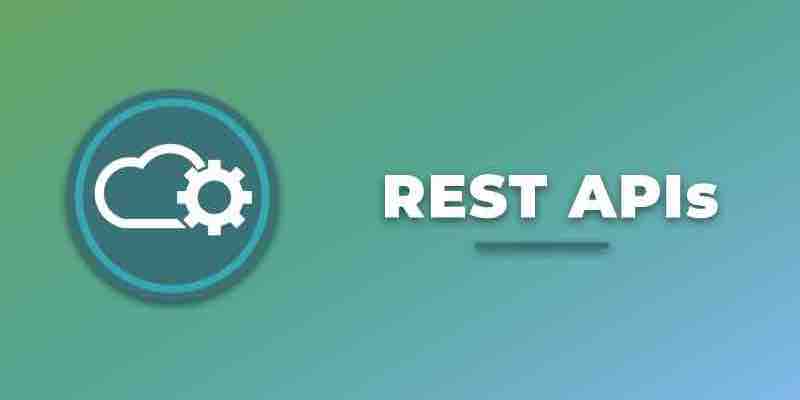You can’t fight Conway’s law (but you can certainly waste energy trying)
You can’t fight Conway’s law (but you can undoubtedly waste energy trying) — Practical implications of Conway’s law Most software that performs non-trivial tasks is complex. We understand that and welcome that. However, we often feel that much of the software we design, create and deploy is more complicated than […]


